Malcolm Rogers Presents 20 Years of Acquisitions at the MFA
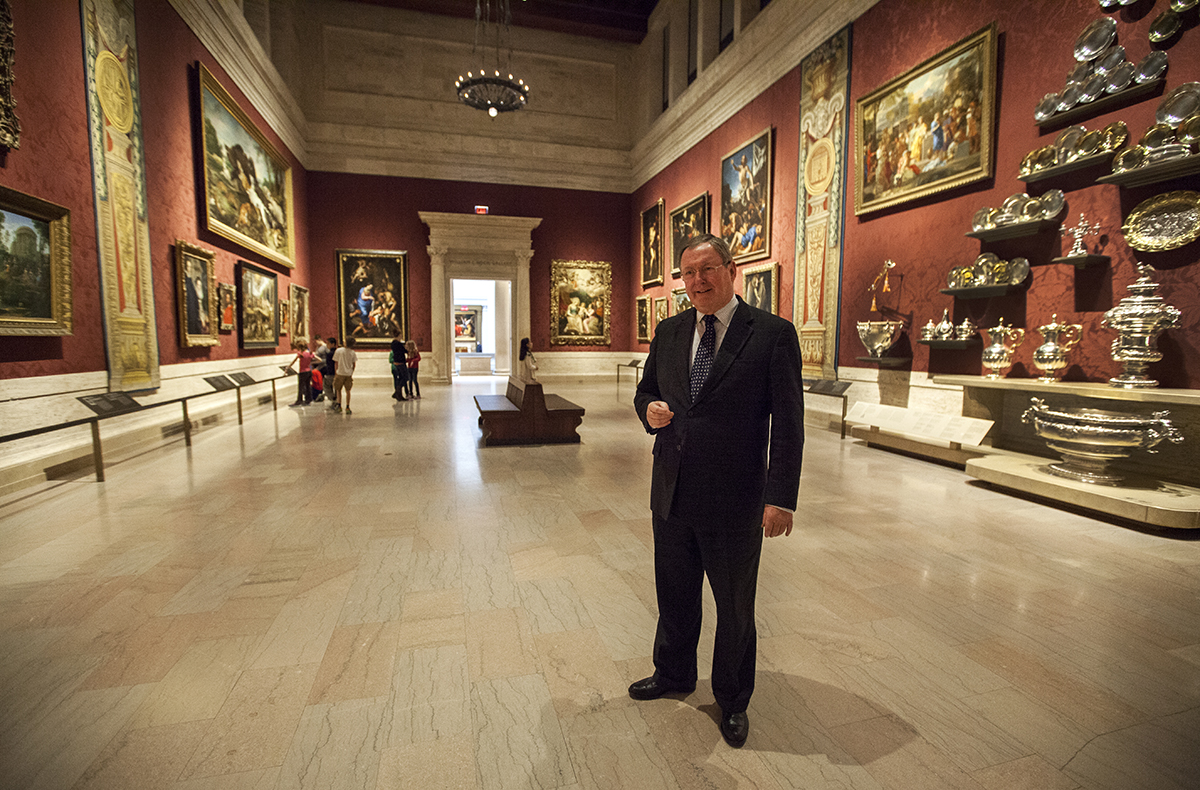
Photo by Olga Khvan
Since last year, the Museum of Fine Arts has been both celebrating Malcolm Rogers’ two-decade tenure and bidding farewell as the esteemed director prepares for an upcoming retirement, hosting a community day, a gala, and various other events and activities in his honor. But in turn, Rogers has also been celebrating the museum, offering a lecture back in October on 20 people—including MFA patrons—who have influenced him most.
Wednesday night, Rogers offered another sold-out retrospective, embarking on a “breathless race” through more than 50 acquisitions made during his time at the MFA. While highlighting his favorite works, Rogers remarked that in his mind, they all elicit a positive response to the following question: “Will this object and the story it tells have the potential to become an unforgettable part of a child’s visual experience, and will it provide an unforgettable learning experience as well?”
Here are some of the acquisitions that made Rogers’ list:
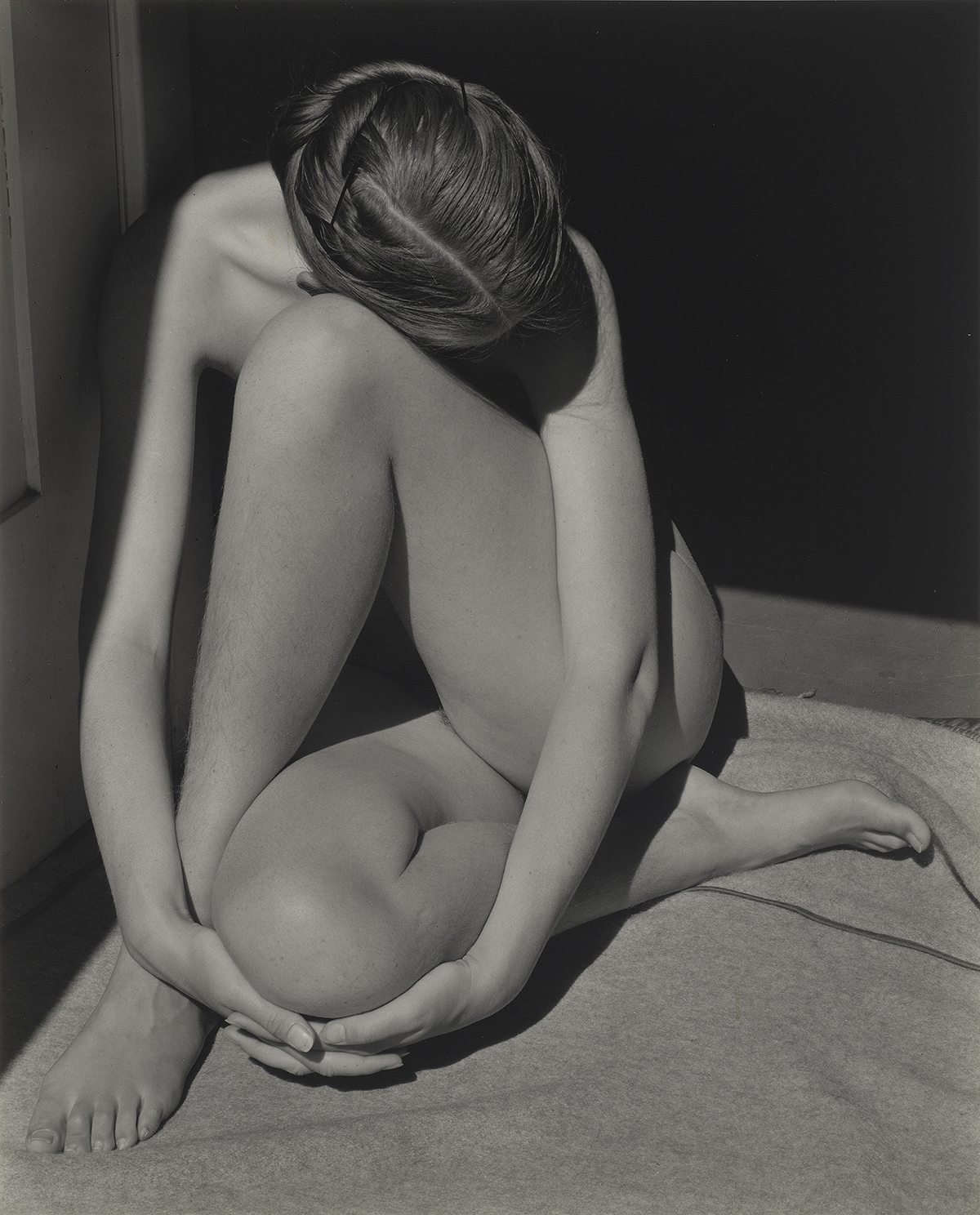
“Nude” by Edward Weston, 1936 / IMAGE COURTESY OF THE MUSEUM OF FINE ARTS
The Lane Collection
MFA trustees Saundra and the late William H. Lane are two of the collectors whom Rogers noted as having a “transformative influence on the collections.” In 2012, Saundra Lane made one of the largest and most significant gifts in the museum’s history, offering more than 6,000 photographs, 100 works on paper, and 25 paintings. The Lane Collection includes 2,500 works by renowned 20th-century American photographer Edward Weston, including the 1936 “Nude,” pictured above.
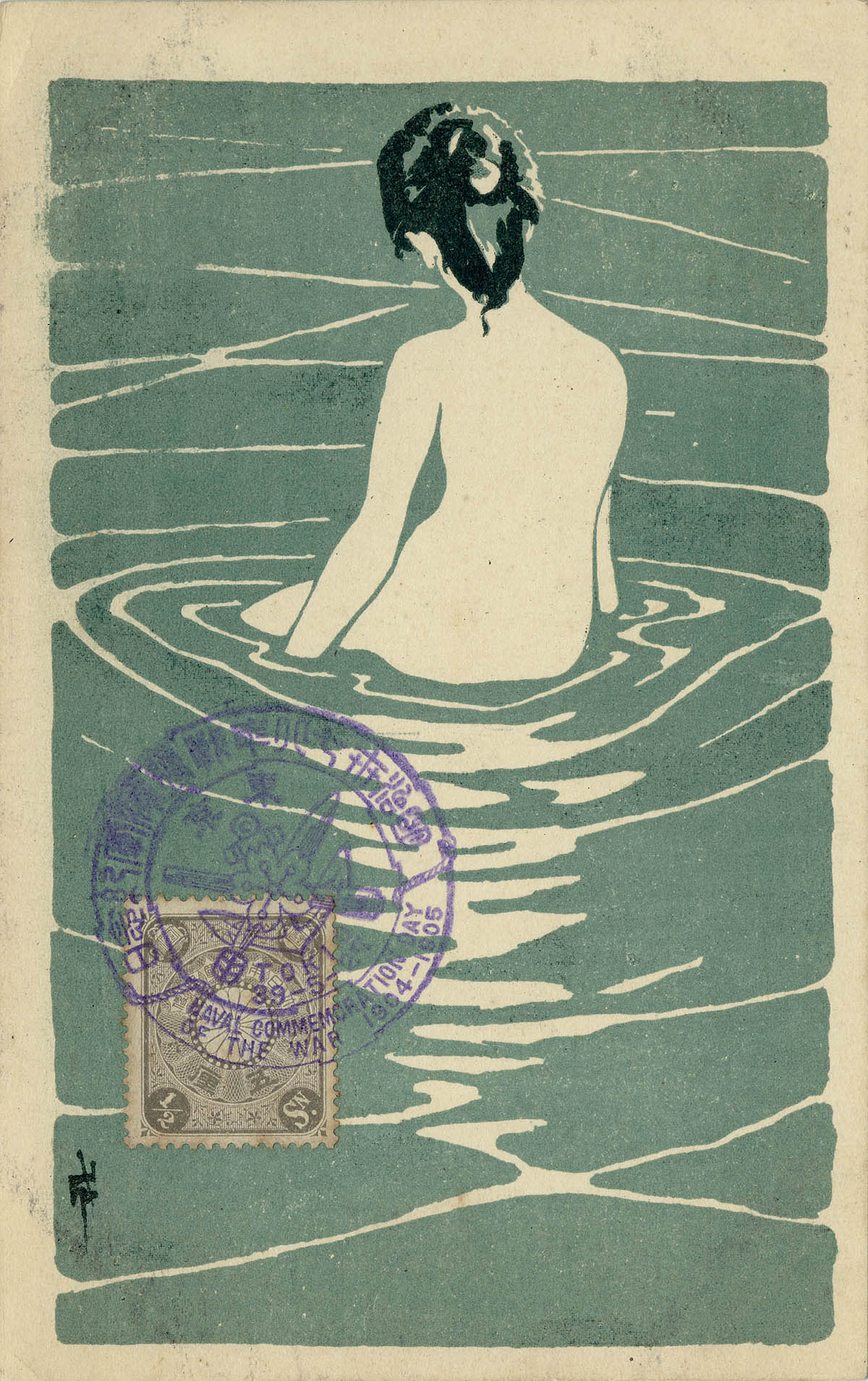
“Female Nude Seated in Water” by Ichijō Narumi, late Meiji era, 1906 / IMAGE COURTESY OF THE MUSEUM OF FINE ARTS
Arts of Japan
Well before Rogers’ appointment as its director, the MFA became the first American museum to establish a Japanese collection, and today, that collection is celebrated as the finest outside of Japan. Acquisitions made under Rogers include photographs, woodblock prints, screen paintings—including a snow scene “which should warm the hearts of Bostonians,” joked Rogers—and a collection of postcards from the Meiji era.
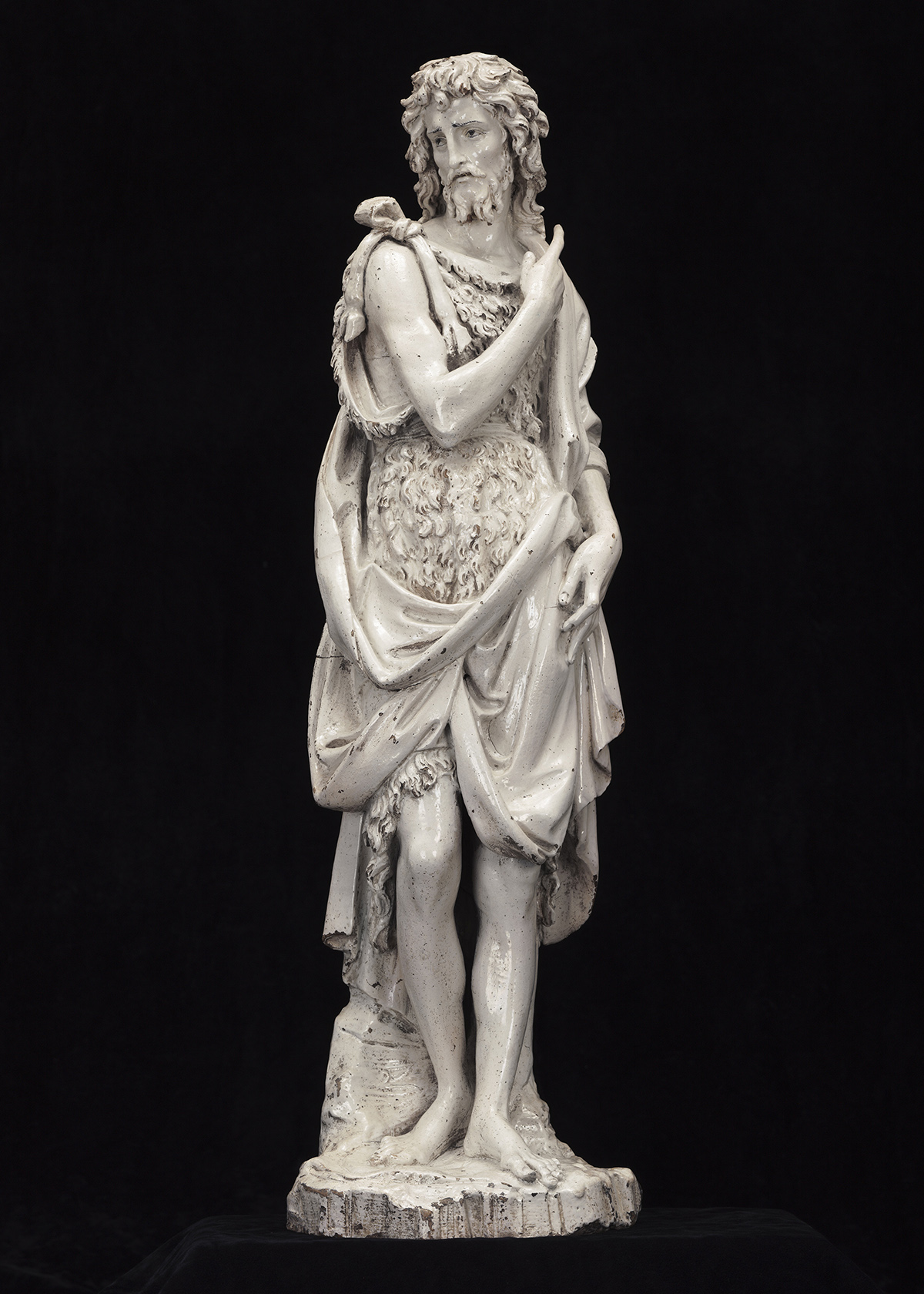
“Saint John the Baptist” by Giovanni Francesco Rustici, about 1505-15 / Image courtesy of the Museum of Fine Arts
Rescued from Storage
“Some of the most exciting acquisitions have arrived not from private collectors or dealers, but from storerooms,” Rogers said. While rummaging in the museum’s storage spaces over the years, MFA curators have uncovered a number of neglected works, which have since become celebrated in-house acquisitions. A white glazed terracotta figure of St. John the Baptist donated to the museum in 1950 by Irene Rothschild, wife of Solomon R. Guggenheim, for example, was uncovered in an attic. It’s an item that, according to Rogers, would’ve cost way beyond the MFA’s purchasing power today.
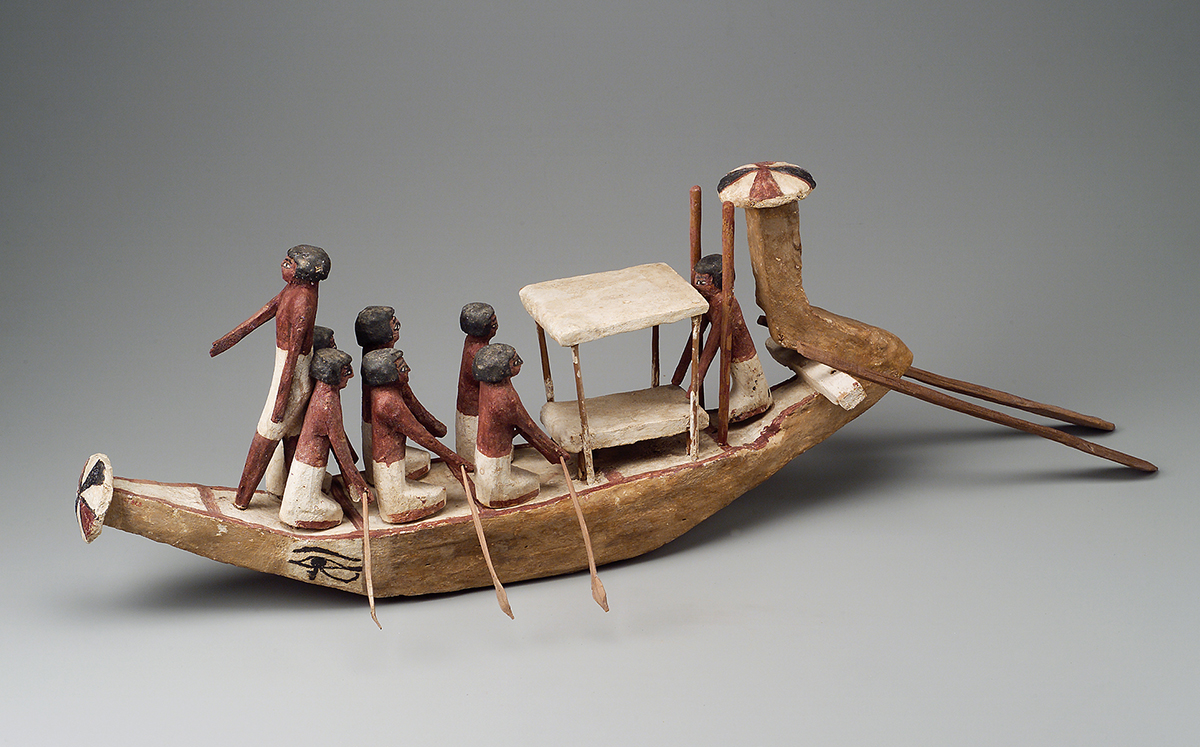
Model of a funerary boat, 2010–1961 B.C. / Image courtesy of the Museum of Fine Arts
Egyptian Collection
Speaking of things uncovered in storage, the MFA holds the largest collection of model boats that came from a single Egyptian tomb. They were uncovered in 1915 by a team on an expedition sponsored by the MFA and Harvard, in an array of thousands of pieces—a jigsaw puzzle for future curators. Under Rogers, museum staff has logged more than 10,000 hours of work restoring the model boats, which are now on display. The museum’s Egyptian collection holds a special place in Rogers’ heart, as his passion for art of the past began with a book about ancient Egypt, gifted to him by his grandfather.
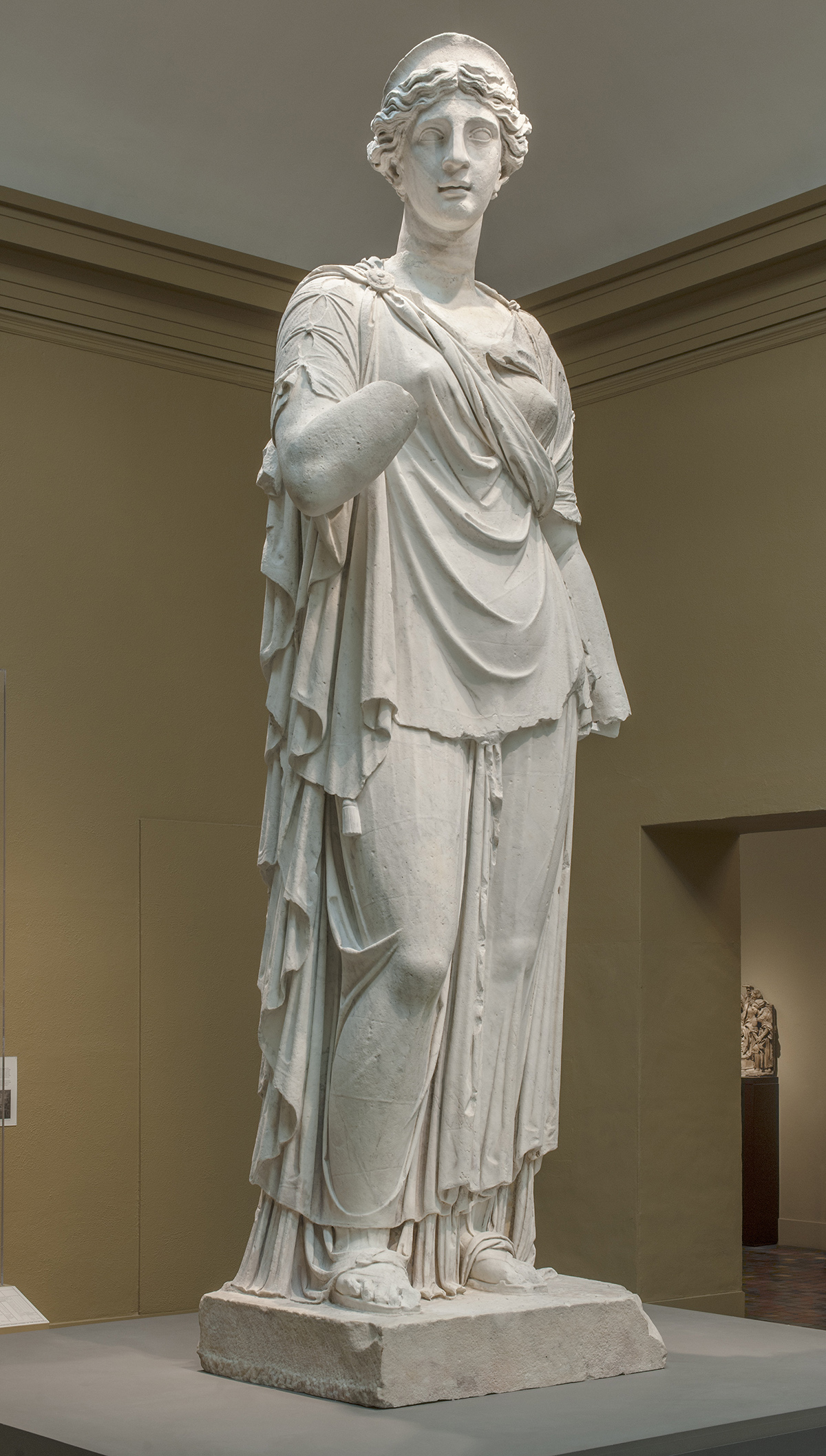
Juno, early 2nd century A.D. / Image courtesy of the Museum of Fine Arts
Juno
Though only briefly mentioned by Rogers during his talk, a 13-foot marble representation of the goddess Juno acquired from an estate in Brookline was much talked-about in the spring of 2012. The enormous sculpture had to be airlifted into the MFA through an opening made in the roof, and once inside the museum, it offered visitors a rare chance to observe conservation efforts that normally take place behind the scenes.
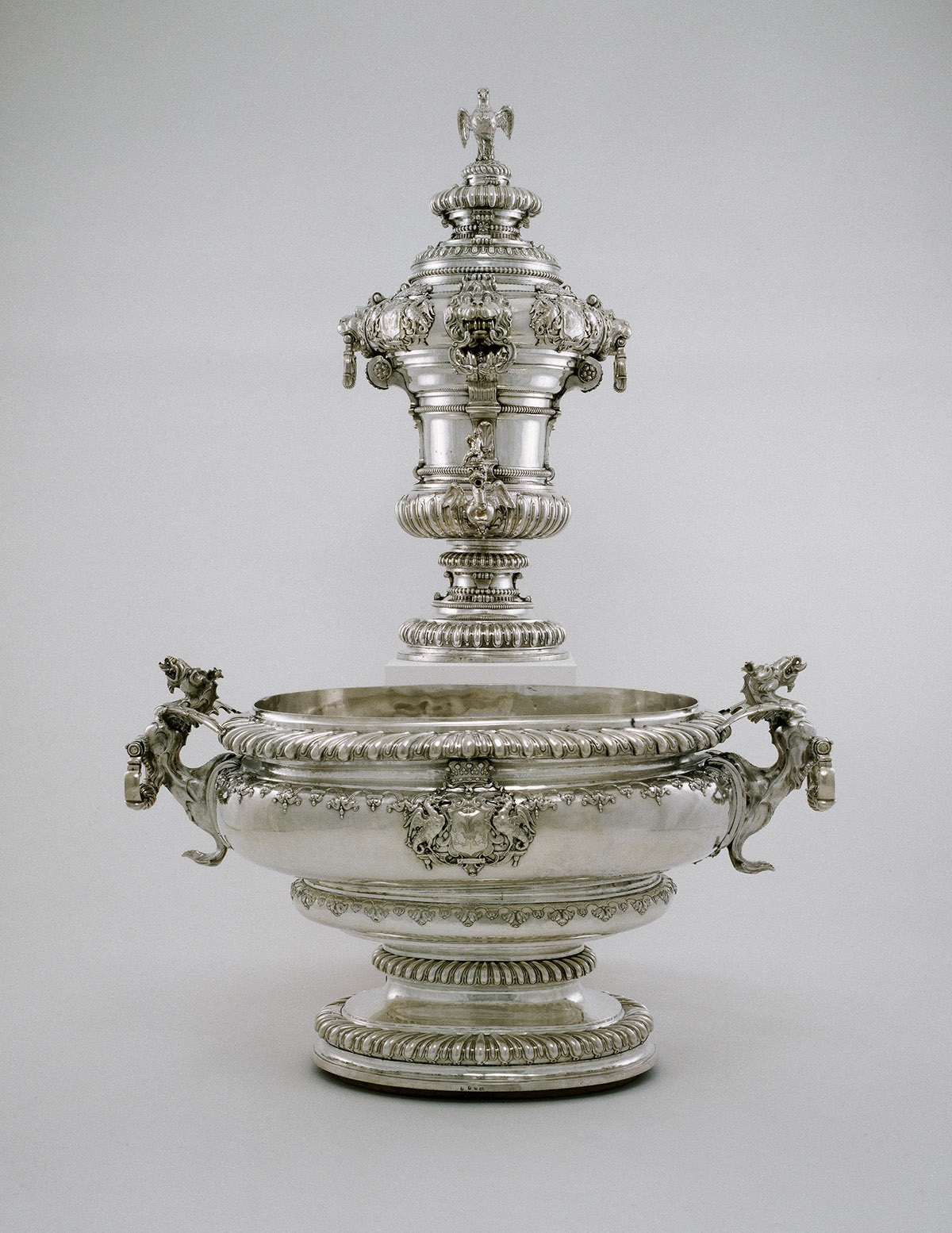
Cistern by David Willaume I, 1708–09 / Image courtesy of the Museum of Fine Arts
For the Love of Drinking
Rogers showed off a lighthearted side during his talk, including a number of drinking vessels from various cultures around the world in his list of works. “I make no apologies—I’m a wine lover,” he said. Highlighting this 18th-century silver cistern by David Willaume I, Rogers remarked, “It’s big enough to bathe a dog, I’d say, but we haven’t tried that.”
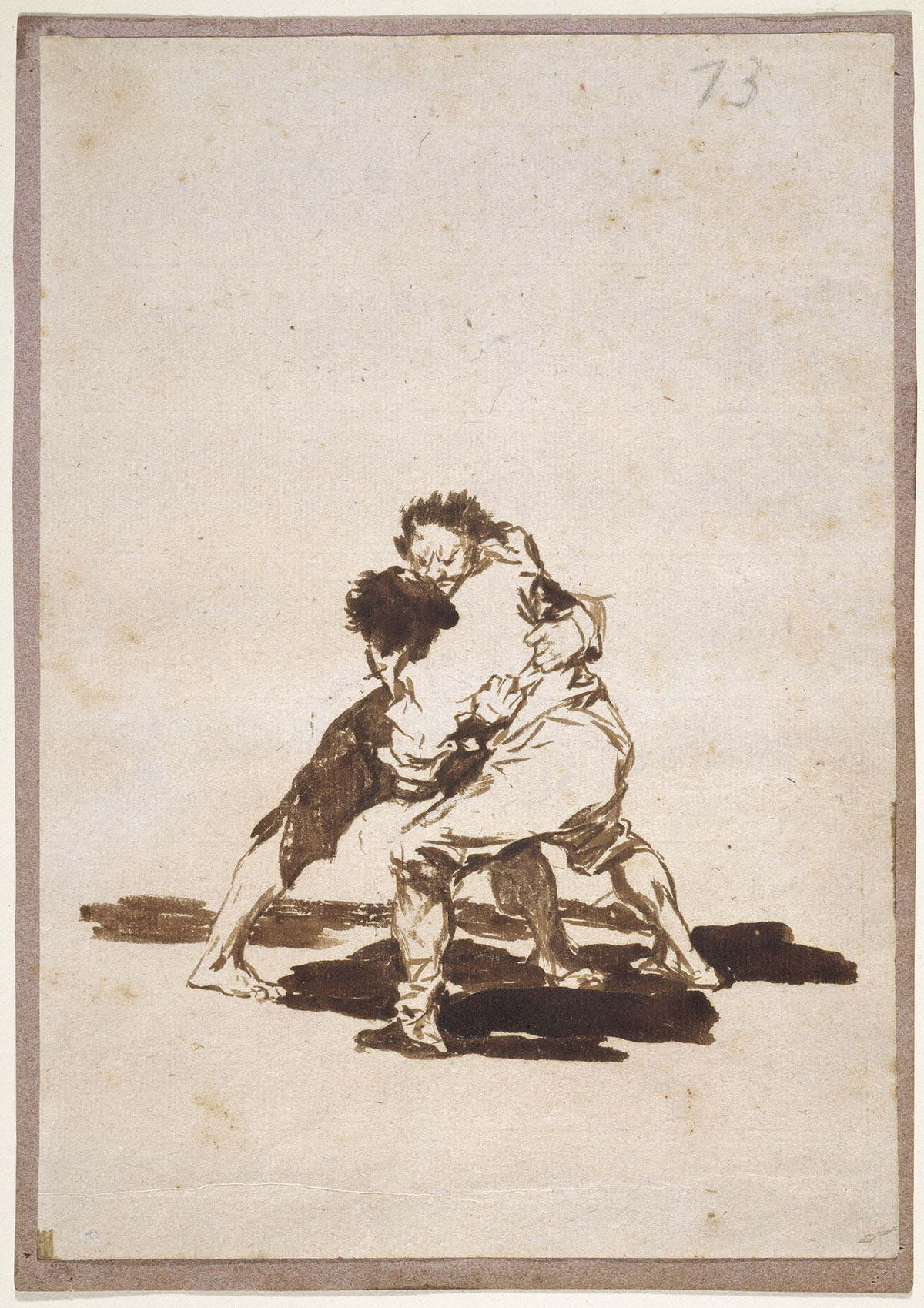
“Two Men Fighting” by Francisco Goya, 1812-20 / Image courtesy of the Museum of Fine Arts
Goya Print Collection
One of the MFA’s recent landmark exhibitions was the widely popular “Goya: Order and Disorder,” which would not have been possible without the work of the late Eleanor Sayre, who doubled the museum’s collection of the artist’s prints during her tenure as curator of prints and drawings.
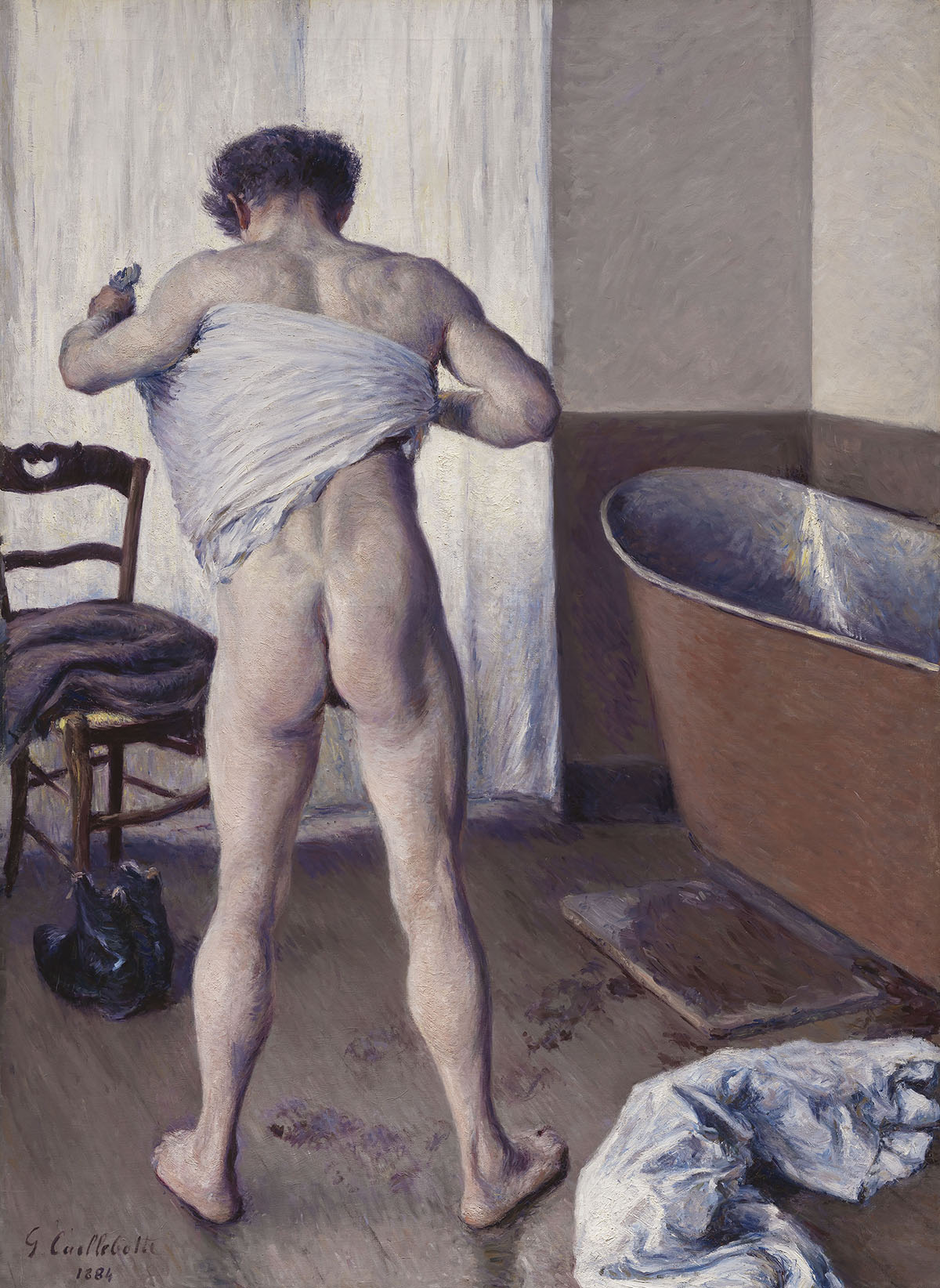
“Man at His Bath” by Gustave Caillebotte, 1884 / Image courtesy of the Museum of Fine Arts
“Man at His Bath”
Rogers is quite taken with this work by Gustave Caillebotte, which comes from the museum’s Impressionism collection. He described in detail his fascination with the painting’s ability to make an ordinary subject extraordinary, to appear almost monochrome, and yet full of light. Plus, it contains “the most beautiful wet footprints, I think, of any work of art,” he said.
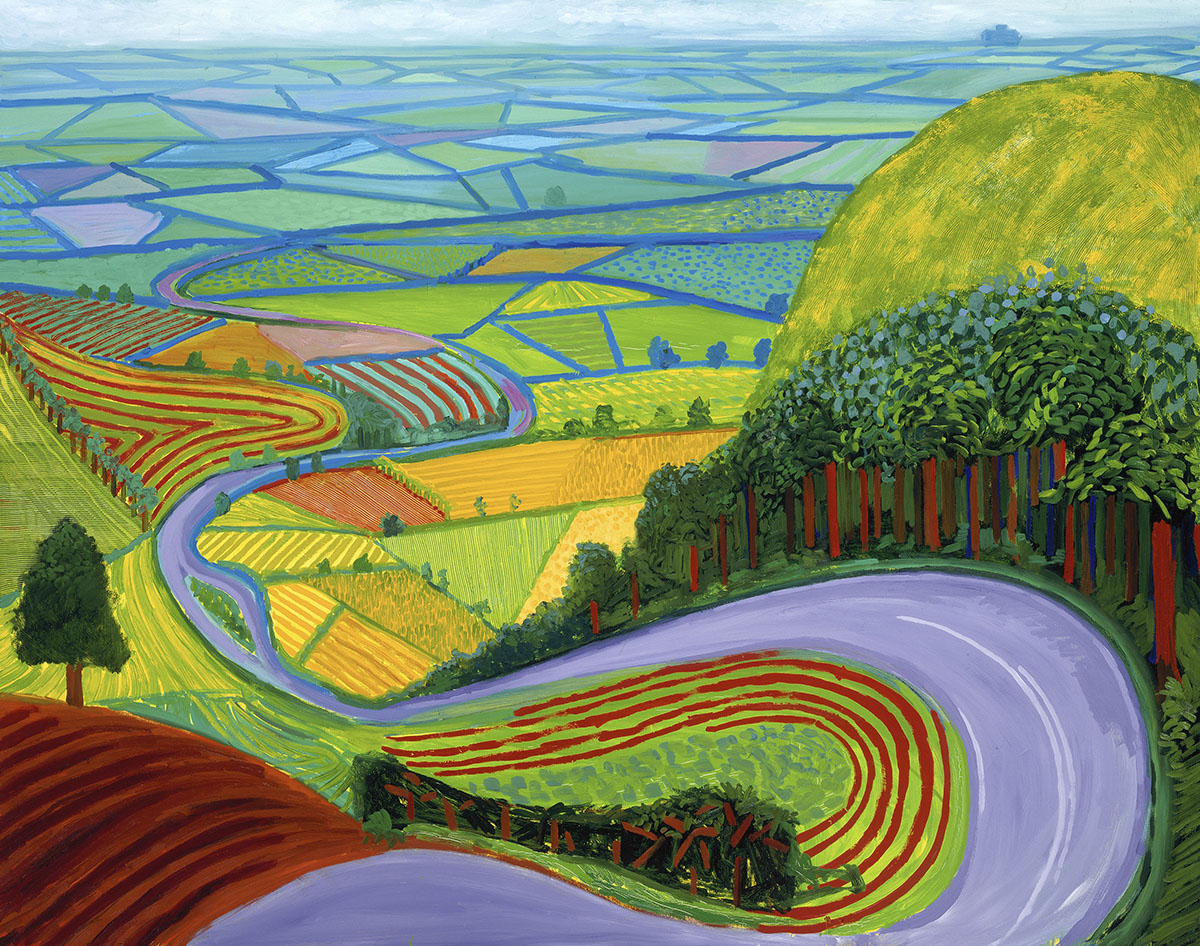
“Garrowby Hill” by David Hockney, 1998 / Image courtesy of the Museum of Fine Arts
A Childhood Memory
Garrowby Hill, depicted in this work by 20th-century British artist David Hockney, lies 50 miles from where Rogers grew up in England. As a boy, he saw the hill as an obstacle between himself and the seaside. “It was a world of possibilities when you’re a child—when you look towards the coast, towards the future,” he said.
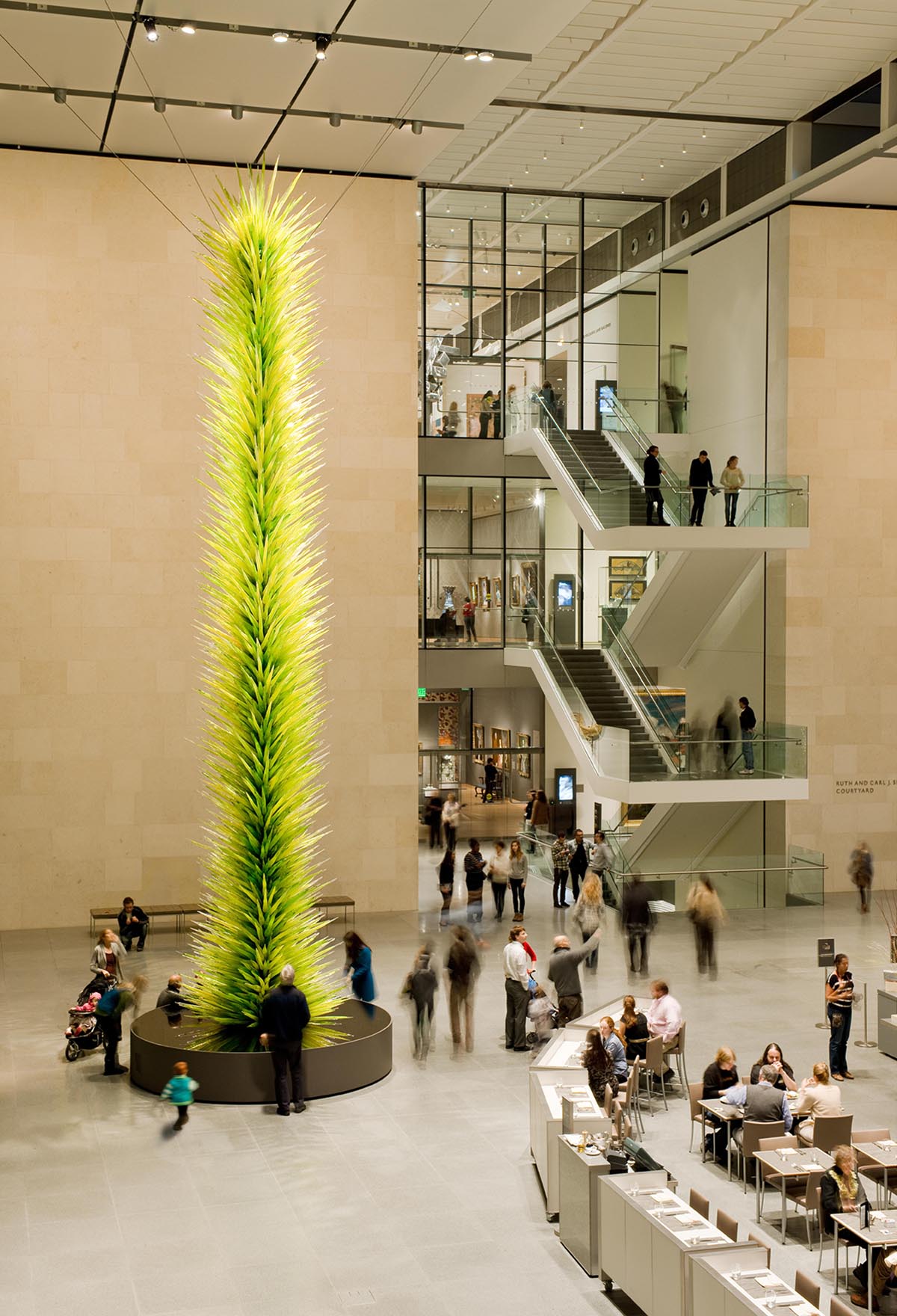
Ruth and Carl J. Shapiro Family Courtyard / Image courtesy of the Museum of Fine Arts
The Museum Itself
Finally, the last two acquisitions on Rogers’ list were not additions made to the museum’s collections, but rather to its building—one reopening and one grand opening. In 2008, the museum unlocked its previously abandoned Fenway entrance, and in 2010, it unveiled its new Art of the Americas Wing, including the now-beloved Shapiro Family Courtyard, designed by Norman Foster. Both parts of the building, according to Rogers, qualify as two of the museum’s most important works of art.

